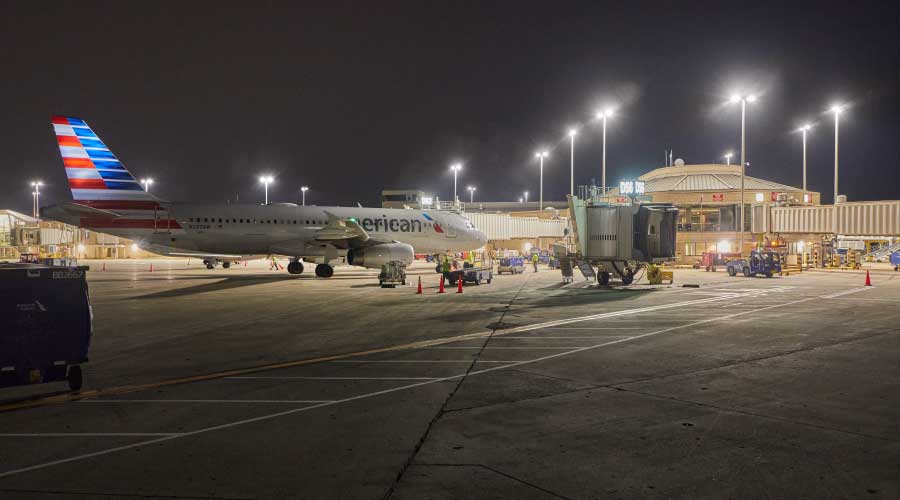Examine State, Local Energy Codes To See How LEDs Can Help Save Energy
16. Codes and design guidance. In addition to the required safety-related code requirements, there are also energy code requirements for most states and local jurisdictions that must be considered. Although LEDs are not specifically mandated or assumed to be needed to meet energy code requirements, they are certainly a viable option and can make compliance easier because of their potential for both higher efficacy and controllability. Your local building department is the best source for these requirements, but other information on codes and compliance is available from the U.S Department of Energy's Building Energy Codes Project (BECP). Energy-effective specifications and guidance for specific applications, including parking lots, parking garages, and typical office environments have also been developed and are available from the Better Building Alliance (BBA). These resources can provide requirements or useful guidance to get the most out of an application.
17. Technology comparison. Just because LED is the latest and potentially greatest new lighting technology does not mean it will be the best overall choice for every application. In some cases, the needs of the application may override the need for the advanced capability (and the cost) of an LED. Applications with low hours of use or where LED products are still showing lower efficacy may simply be better suited to high performing fluorescent or HID technologies. Remember to look at multiple options when considering the economics.
18. Economics. This is, of course, the critical item that ties everything together and in most cases drives the decisions on how or if to proceed. A few of the critical elements that will be particular to LED decisions include:
Product/installation cost. Costs are changing rapidly but are still relatively high compared to most incumbent technologies. Rebates on LED products are available from many utility groups and can be substantial.
Life and maintenance savings. One of the great variables with LED technology, this item often determines the economic viability of a potential project. Be careful to identify a practical and realistic lifetime for your application needs — not just how long the product may last. Consider the points offered in the lifetime sections above to help identify the right life value for the economic analysis. Be aware that marketing materials may offer inflated LED life values. Also consider the source of maintenance costs. For example, if maintenance is an in-house budgeted function, will fewer replacements over time actually show up as reduced cost?
Energy cost. Let's face it, the higher the electricity rates, the better the economics for potentially higher cost technologies such as LED. But don't forget about demand costs as well. Also, look carefully at any control savings. These savings may be easy to assess if tied to a known schedule or daylight availability, but more difficult if based on occupancy or random scheduling. Sources do exist for estimates of control savings, such as summaries of actual case studies and tests.
Eric Richman, LC, FIES, is senior research engineer, energy systems analysis, at Pacific Northwest National Laboratory. He can be reached at eric.richman@pnnl.gov.
Related Topics:















